Types of Civil Engineering Branches
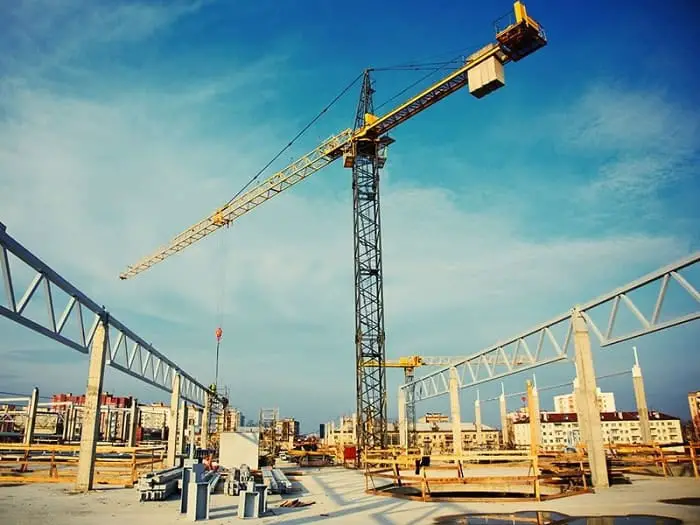
This civil engineering branch deals with the planning, construction and maintenance of structures. Construction engineering is the planning and execution of designs from site development, environmental, structural, transportation and structural engineers. They must ensure that the plans that have been designed by other engineers are implemented to their exact specifications. Construction engineers will supervise fieldwork during the entire project. They are in a sense a cross between an engineer and manager as they will oversee the project from start to finish and handle any problems that come up throughout the duration of the project.

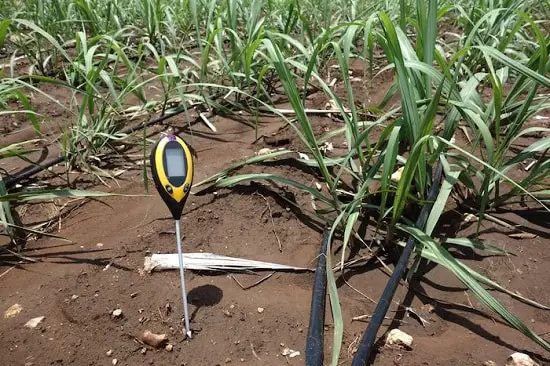

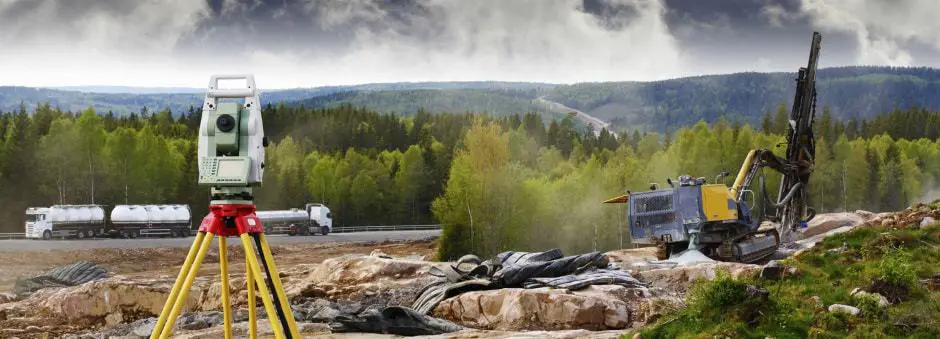
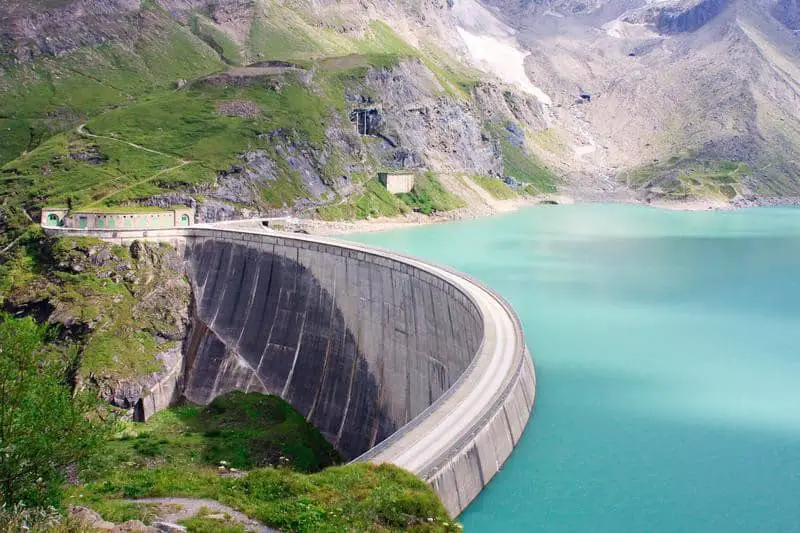


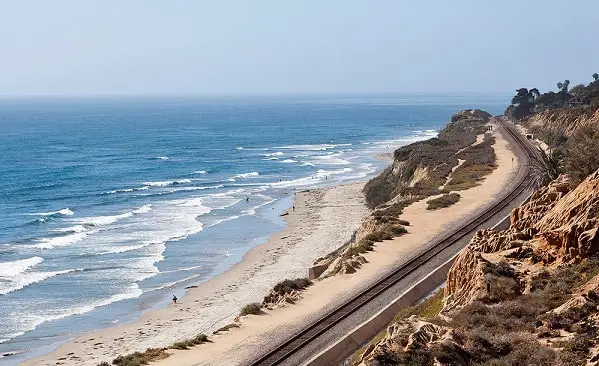
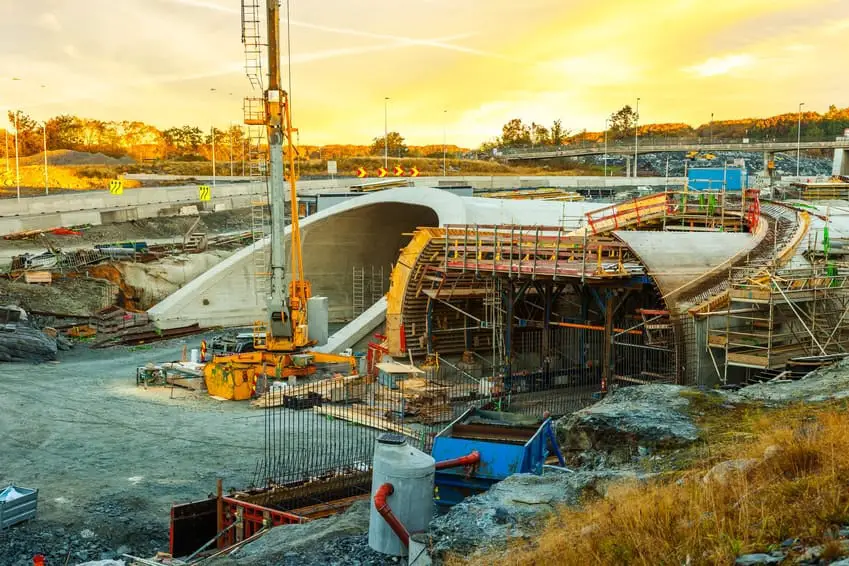
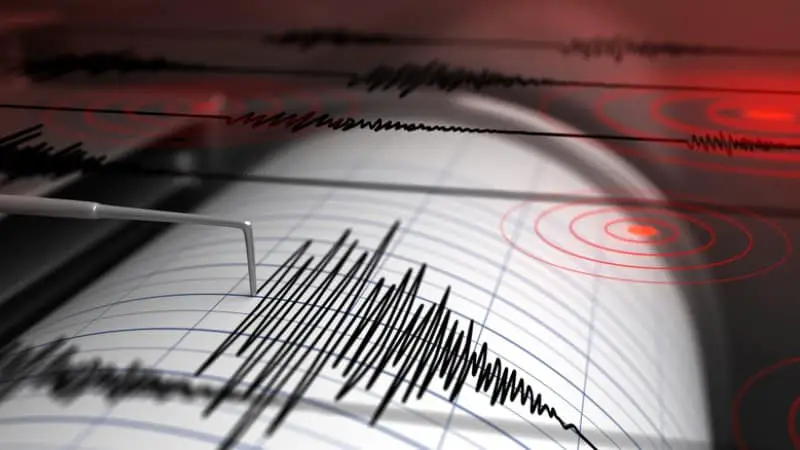

There are several types of civil
engineering. A civil engineer can specialize in a number of different
civil engineering branches. Those branches are described briefly below.
You may also like to know about what civil engineers do.
#1: Construction Engineering

This civil engineering branch deals with the planning, construction and maintenance of structures. Construction engineering is the planning and execution of designs from site development, environmental, structural, transportation and structural engineers. They must ensure that the plans that have been designed by other engineers are implemented to their exact specifications. Construction engineers will supervise fieldwork during the entire project. They are in a sense a cross between an engineer and manager as they will oversee the project from start to finish and handle any problems that come up throughout the duration of the project.

#2: Structural Engineering
This branch of civil engineering
encompasses the structural analysis and design of structures. It is the
responsibility of the structural engineer to analyze and design a
structure that will safely bear or resist the stresses, forces and
loads. The design must satisfy the project specifications while meeting
all safety regulations. The structure must endure massive loads as well
as natural disasters and climate changes.
#3: Geotechnical Engineering

In geotechnical engineering, the studies
of a civil engineer include soil, foundations, bearing capacities etc.
The engineer will study the behavior of the earth materials and how they
will affect a structure that is to be constructed. They will also
evaluate pre-existing structures that are showing signs of problems with
the earth materials under or near the structure.
#4: Transportation Engineering

Civil engineers that specialize in
transportation engineering will work with the planning, construction and
management of transportation facilities. They will design and implement
the infrastructures that deal with transportation in order to provide a
safe, comfortable, convenient, economical and environmentally
compatible mode of transport. There are six divisions related to
transportation engineering: highway, air transportation, waterway,
aerospace, coastal & ocean and urban transportation.
#5: Surveying

This type of civil engineering branch
handles the surveying and leveling of land by using different
instruments to map and contour the terrain. This is done to locate and
measure property lines, layout buildings, bridges, channels, highways,
and pipelines for constructions. Surveyors are generally classified into
two categories: plane surveying and geodetic surveying.
#6: Water Resource Engineering

These engineers deal with the design and
construction of hydraulic structures. These structures include dams,
canals and water distribution system. The engineer is responsible for
the design of the structure as well as the implementation and safety
precautions that must be closely adhered to when dealing with hydraulic
structures.
#7: Environmental Engineering

This civil engineering type is the study
of environment-friendly designs, pollution and their resolutions and
sewage management. Many engineers focus solely upon the crisis of
pollution and coming up with solutions as well as determining new and
inventive ways for sewage management and other environmental entities.
#8: Municipal Engineering

These engineers will work with urban or
city governments on the planning and management of the township. Most of
these engineers work directly with government officials to ensure that
the structures within the municipality are properly designed and
implemented.
#9: Coastal Engineering

This branch of civil engineering deals
with coastal and marine structures. These structures include groynes and
embankments. These engineers not only ensure that the structures being
erected correctly but they are also concerned with not disturbing the
coastal regions.
#10: Tunnel Engineering

Civil engineers who specialize in tunnel
engineering are responsible for the planning, designing, construction,
safety and maintenance of tunnels. There are specifications that must be
adhered to when working with tunnels for roadways, waterways or trains.
#11: Earthquake Engineering

Earthquake engineers study the seismic
forces and earthquake resistant structures. In regions that are known
for seismic activities, engineers must design and construct structures
based on how well they will react within an earthquake situation.
#12: Material Engineering

This branch of civil engineering deals
with the study of material strength, properties of materials used in
construction and ceramics. These engineers will determine the best
possible materials to be used for a project based on that project’s
specifications.
Comments
Post a Comment